Ulli meaning Onion and Sammandhi meaning chutney. Ulli sammandhi meaning the most delicious chutney ever!
This is truly a very, very difficult one to pen down. Ulli sammandhi/Onion Chutney is more of a concept than one particular dish. There are a few generally agreed upon ingredients but proportions, cook and texture are all points of contention! Some believe it should be smooth while some believe it should be chunky. Some prefer sweet notes whereas some like theirs spicy. With coconut, without coconut, red or green chillies, I can honestly go on for a while! But first things first, let’s gather our equipment!

Equipment
Most chutneys and masalas were traditionally made on an Ammikal – a grinding stone. You’ll still find people who swear that food ground on an ammikal tastes infinitely better, but let’s be honest, who has the time and in most cases access to an ammikal?! That’s where The Wonderchef Sumo Mixer-Grinder 1000 comes in. Its unique coarse grinding blades are particularly great for dry masalas, recreating the effect of a traditional ammikal. The chutney jar is the obvious choice for a recipe such as this one. The 400ml jar is big enough for most recipes I follow and the 1000 watts power tag means that I’m usually done with my grinding in under 3 minutes! What’s more, I can even make my dosa batter in the same mixer thanks to its large 1.5L wet grinding jar.
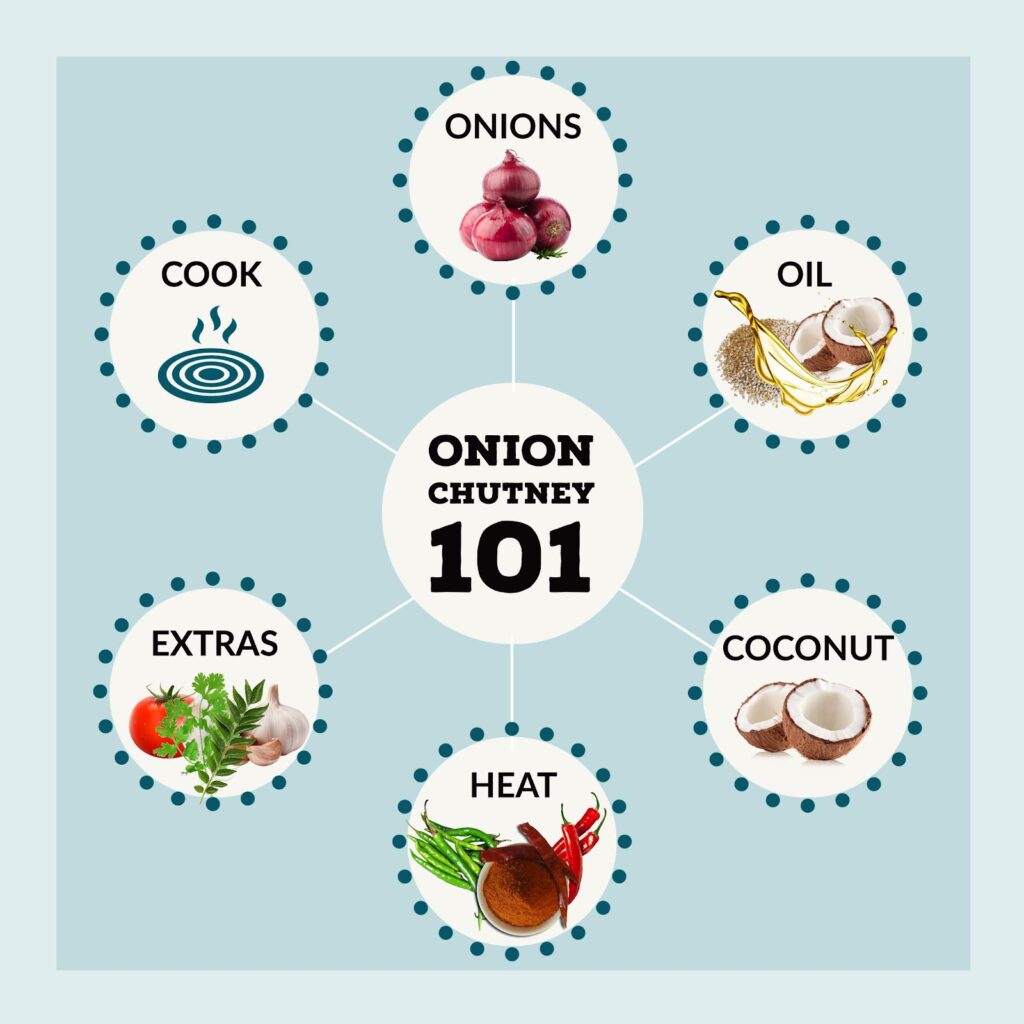
Now that you’ve got your equipment all sorted out, it’s on to the recipe. Here’s a little cheat sheet I created to help you get around the onion chutney world! Let’s meet the main players.

Onions
You can’t make onion chutney without onions of course. But which onions? Oh yes! Using the small onions, or shallots will yield a different chutney than if you use regular red onions. I wouldn’t recommend white onions because they lack enough flavour for a chutney. If you thought about using green onions, I’m afraid this is not the recipe for you, please leave!
Oil
The oil you use makes a huge difference. I always, always recommend frying the onions in coconut oil. Especially if you’re not using coconut (and even if you are). On indulgent mornings, I’ll serve myself some onion chutney and make a little well in the centre and drizzle some coconut oil into it. The Keralite in me takes over some days! Coconut oil imparts a great flavour to the chutney. I wouldn’t go as far as to say it’s the healthier option but some foods just taste infinitely better when cooked in coconut oil, onion chutney being one of them.
Coconut
When presented with the opportunity to add coconut to a recipe, a good mallu always does. The coconut helps to make the chutney creamy, however going overboard with it has its cons. Coconut-heavy chutneys spoil faster and grating coconut can also be a bit of a pain, so I understand the feeling of wanting to leave this one out.
Heat
Bring the heat with the following – fresh green chillies, dried red chillies (Kashmiri chillies for the colour) and chilli powder. You can definitely skip this step but if you’re cooking your onions I would definitely add a little bit of heat to counter the sweetness of the onion. Red chillies and red chilli powder will give your chutney a great colour, while green chillies give it great flavour. It all boils down to your spice tolerance and preference.
Extras
This includes greens like curry leaves and coriander leaves. Add one or add both, they subtly elevate your chutney. Go all out with it and you can end up with a super tasty hybrid chutney. You can also add a tomato, particularly a sour one that will balance the sweetness of the onion. Garlic is a common addition to onion chutneys but I’ve grown up eating all my chutneys without garlic so I never add it.

Cook
Much like the cook on a steak, the way you cook (or not cook) your chutney makes all the difference. You can blend your onion chutney raw or you can cook the onions and then blend it. OR you can blend it raw and THEN cook it on the stove (with coconut oil of course). Each method produces a completely different chutney. Cooking your onions will give you a milder chutney. The longer you cook it, the sweeter the onions become. Raw onion chutney is famously served with Kappa (tapioca) in Kerala. Raw onions are coarsely ground with coconut oil, green chillies and salt to create this wonderfully pungent chutney that perfectly offsets the starchy tapioca. Only downside? You’ll have raw onion breath for the rest of the day!
Bonus Player: Tadka
I very rarely add tadka to my onion chutney. Personally, I feel like tadka works best with a regular coconut chutney but if you’re keen on it, you definitely can. A little bit of mustard, urad dal and curry leaves are added to hot oil (coconut of course!) can add another layer of flavour to your chutney.
What do you eat this with? It goes especially well with my Instant Godhambu Dosa recipe, but literally any type of dosa or idli is the perfect vessel for onion chutney. I had a few friends who came over once and ate this chutney with parathas and loved it. I do not approve of parathas with onion chutney, it’s weird. Like ‘pizza’ dosa or worse, chocolate dosa (yes, totally real). But if it gets you to make this chutney then I’m happy!
Onion chutney is not something you measure. You can’t go wrong with a little improvisation. I’m quite reluctant to give a recipe since I’m always mixing it up myself. However, since you gotta start somewhere, here’s my current favourite.
Cooking Time: 25 min
Serves 4
Ingredients
- 3 large Red Onions
- 1 Tomato
- 3 Tbsp Coconut Oil
- 8-10 Curry Leaves
- 2 Tbsp Grated Coconut
- 1 tsp Salt
- 1/2 Tbsp Chilli Powder
Instructions
- Roughly chop onions and tomatoes.
- Add the coconut oil to a pan on medium-high heat.
- Once heated, add the onions and sauté for 3-5 minutes, stirring once in a while.
- Add the tomato and sauté for another 2 minutes.
- Add the coconut and sauté for 2 minutes.
- Add the salt, chilli powder and curry leaves and sauté for another 2 minutes.
- Take the pan off the heat and allow the mix to cool.
- Once cooled, transfer the mix to your mixer jar and blend till smooth or till you reach your desired consistency.
- Enjoy!
About the blogger
Sneha Sundar is the creator of You Dim Sum, You Lose Some; a philosophy she adopts both in and out of the kitchen!
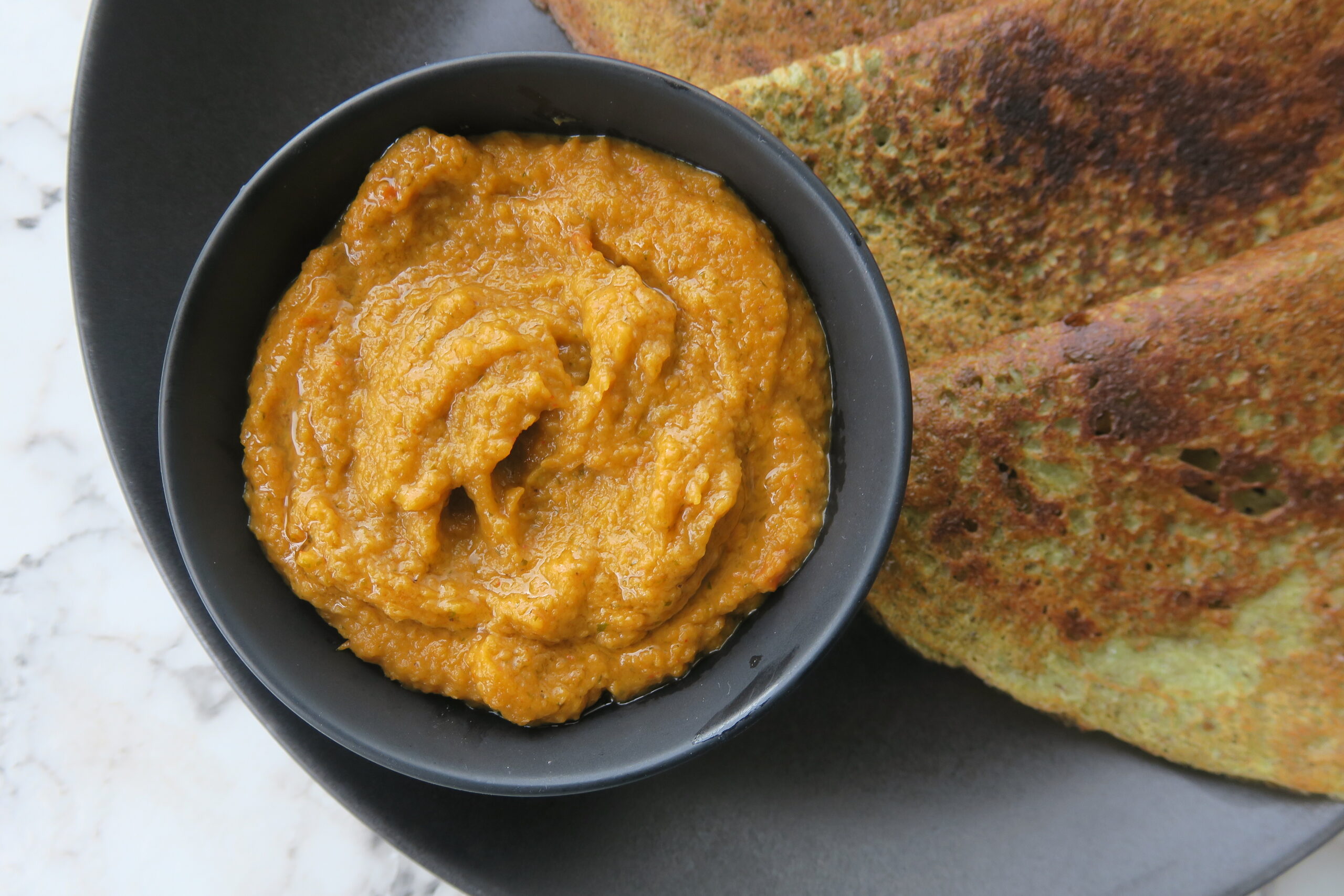

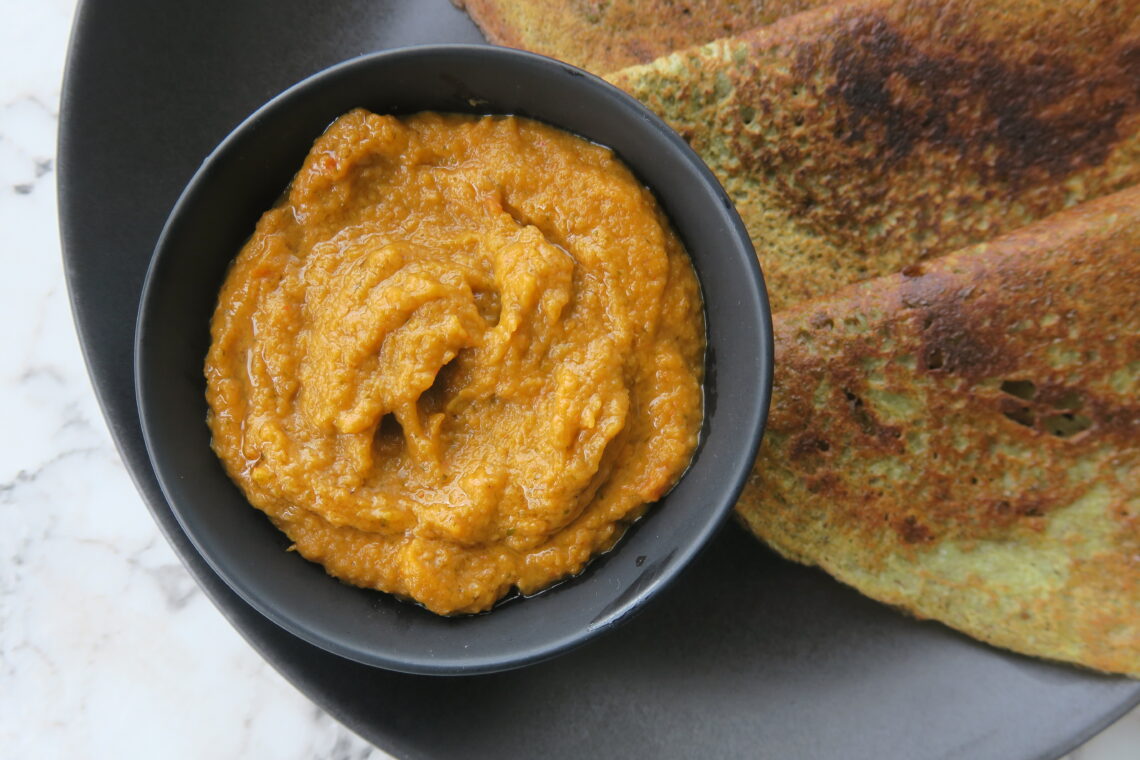

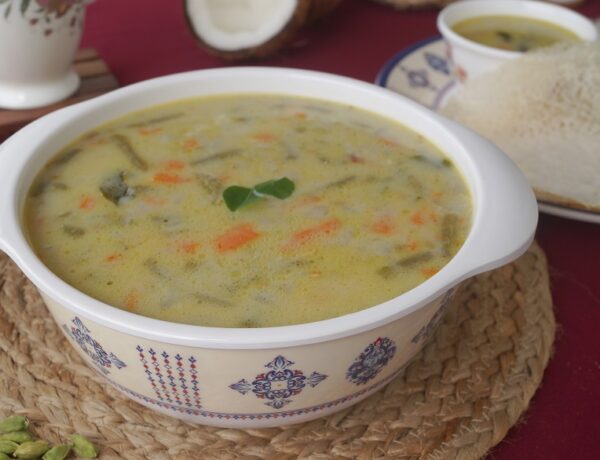
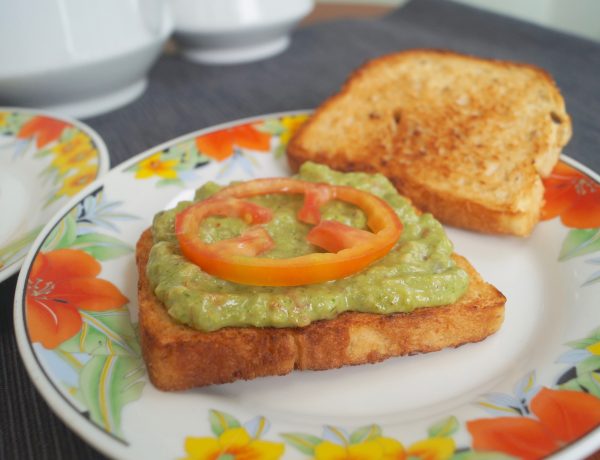
No Comments